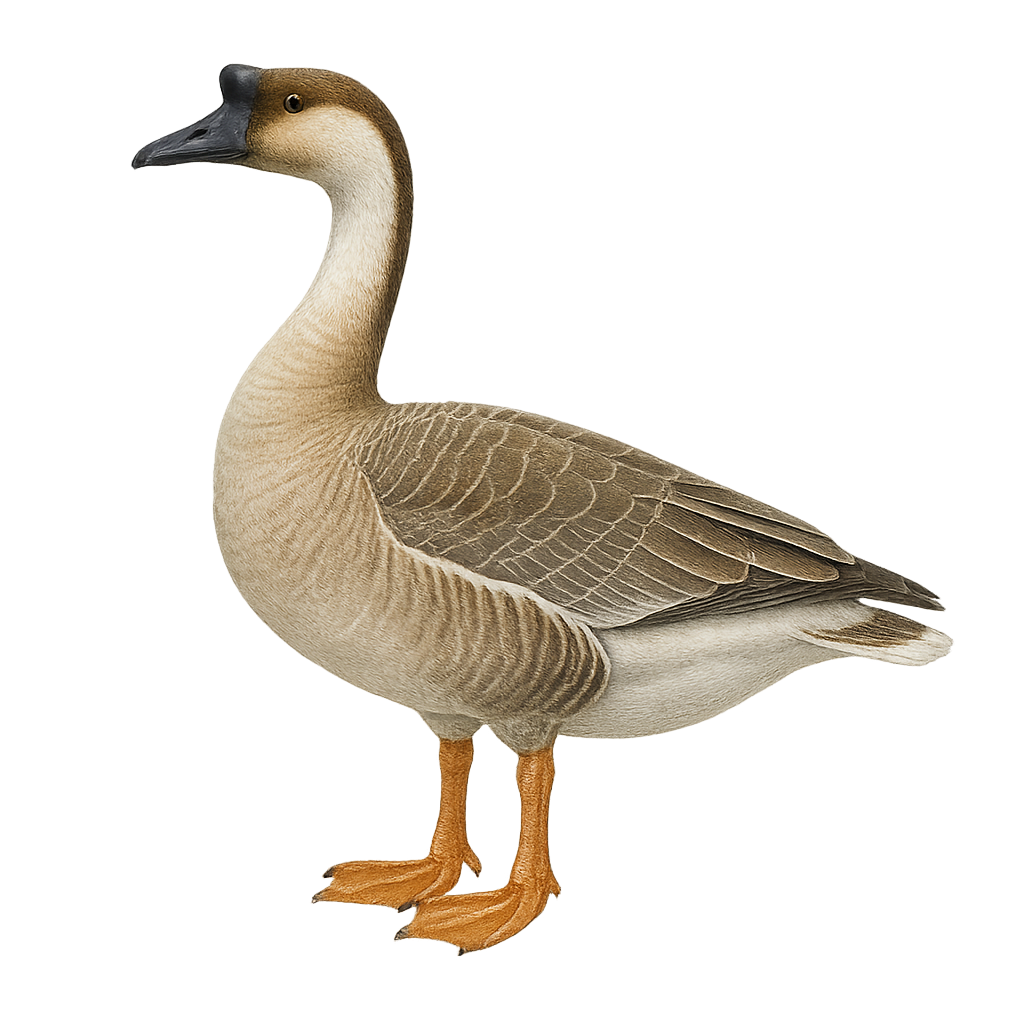Your wildlife photography guide.
Explore the swan goose in detail, study its behavior, prepare your shots.
Where to observe and photograph the swan goose in the wild
Learn where and when to spot the swan goose in the wild, how to identify the species based on distinctive features, and what natural environments it inhabits. The WildlifePhotographer app offers tailored photography tips that reflect the swan goose’s behavior, helping you capture better wildlife images. Explore the full species profile for key information including description, habitat, active periods, and approach techniques.
Swan Goose
Scientific name: Anser cygnoides

IUCN Status: Near Threatened
Family: ANATIDAE
Group: Birds
Sensitivity to human approach: Suspicious
Minimum approach distance: 10 m
Courtship display: April to May
Incubation: 28-30 jours
Hatchings: April to June
Habitat:
Wetlands, lakes, rivers
Activity period :
Primarily active during the day, with peak activity in the morning and late afternoon.
Identification and description:
The Swan Goose, Anser cygnoides, is a waterfowl species native to Asia. It is recognizable by its long neck and distinctive brown-gray plumage, with a white stripe extending from the base of the beak to the back of the head. Swan Geese are often seen in wetlands, lakes, and rivers. They are known for their gregarious behavior, forming large flocks during migration. Although primarily herbivorous, feeding on aquatic plants and seeds, they may also consume small invertebrates. This species is domesticated in some regions for its meat and eggs. However, in the wild, it faces threats such as habitat loss and overhunting.
Recommended lens:
400 mm – adjust based on distance, desired framing (portrait or habitat), and approach conditions.
Photography tips:
To photograph the Swan Goose, it is advisable to use a telephoto lens of at least 400mm to capture detailed images without disturbing the bird. The best opportunities arise early in the morning or late in the afternoon when the light is soft. Look for areas where the geese gather, such as lake edges or marshes. Be patient and discreet to avoid scaring them away. A tripod can be helpful to stabilize your camera, especially if using slower shutter speeds.
The WildlifePhotographer App is coming soon!
Be the first to explore the best nature spots, track rutting seasons, log your observations, and observe more wildlife.
Already 1 430 wildlife lovers subscribed worldwide

